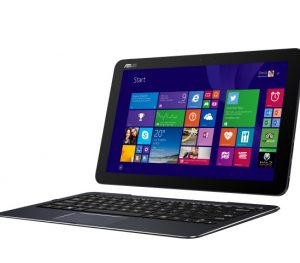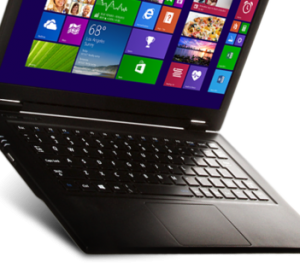With 100-gigabit Ethernet switches and routers starting to show up in enterprise networks, Corning Cable Systems gives us the lowdown on the new Ethernet standard:
When is cheapest levitra generic customer implementation of 100G expected?
Industry adoption is anticipated in 2013.
Where will 100G be used (in free sample pack of cialis what applications)?
Core networking applications will have a future need for bandwidth beyond existing capabilities. Switching, routing and aggregation in data centers, internet exchanges and service provider peering points, and high-bandwidth applications such as video-on-demand and high-performance computing environments will drive the need for 100 Gb/s Ethernet interfaces.
What parameters affect a product’s ability to support 100G? Which of these is the limiting factor?
Bandwidth and insertion loss each impact the ability to meet the standard’s transmission distance of at least 100 meters over OM3 fiber and 150 meters over OM4 fiber. The transceiver cialis soft tabs quick delivery specifications impact distance, transceiver cost and the amount of loss allocated for the fiber and connectors in the system. For products that meet the bandwidth and the cable fiber skew performance criteria, system loss will be the limiting factor in transmission distance.
What are the buy propecia cheap distances and insertion loss budgets for 100 GbE?
For multimode systems, 40 and 100 Gigabit Ethernet specify a minimum distance of 100 meters over OM3 fiber and 150 meters over OM4 cialis professional 100 mg fiber. OM3 and OM4 are the only multimode fiber types included in the standard. The OM3 and OM4 channel loss budgets are 1.9 dB that includes a 1.5 dB total connector loss and 1.5 dB that includes a 1.0 dB total connector loss, respectively.
What transmission method will be used for40G and 100G?
Parallel optics transmission has been adopted for 40 and 100 Gigabit Ethernet over OM3 and OM4 fibers. Parallel optics transmission, compared to traditional serial transmission, uses a parallel optical interface where data is simultaneously transmitted and received over multiple fibers. The 40 Gigabit interface utilizes 4 x 10 Gigabit Ethernet channels on four fibers per direction. The 100 Gigabit interface utilizes 10 x 10 Gigabit Ethernet channels on 10 fibers per direction.
What is skew?
Skew is the difference in time of flight between light signals traveling on different fibers. This is relevant to the 100 Gigabit Ethernet standard that uses parallel optics. In parallel optic systems, one data stream is divided into multiple data streams and transmitted over different optical fibers to enable lower-cost transceivers to be used.
The IEEE 802.3ba standard has a cabling skew of 79 ns. Corning Cable Systems has done internal skew testing on 100G Ready Products that demonstrated compliance to a strict 0.75 ns skew requirement as defined in the InfiniBand Standard. Deployment of a connectivity solution with strict skew performance ensures compatibility of the cabling infrastructure across a variety of applications.When evaluating optical cabling infrastructure solutions for 40/100G applications, selecting one that meets the 0.75 ns skew requirement ensures performance not only for 40/100G, but for InfiniBand and future Fibre Channel data rates of 32G and beyond. Additionally, low-skew connectivity solutions validate the quality and consistency of cable designs and terminations to provide long-term reliable operation.
How will polarity work for 100G?
The CXP transceiver will be utilized for 100G transmission. The CXP transceiver has 10 transmit and 10 receive optical lane positions. The CXP transceiver contains 24 total positions arranged in two rows of 10 or 12 positions. One row is dedicated to transmit optical lanes and the other row to receive optical lanes. A 24-fiber MTP Connector interfaces with the CXP transceiver.
What about 40G transmission?
The IEEE standard addresses both 40G and 100G Ethernet transmission, so similar parameters apply. 100G Ready solutions are backwards-compatible with 40G.











